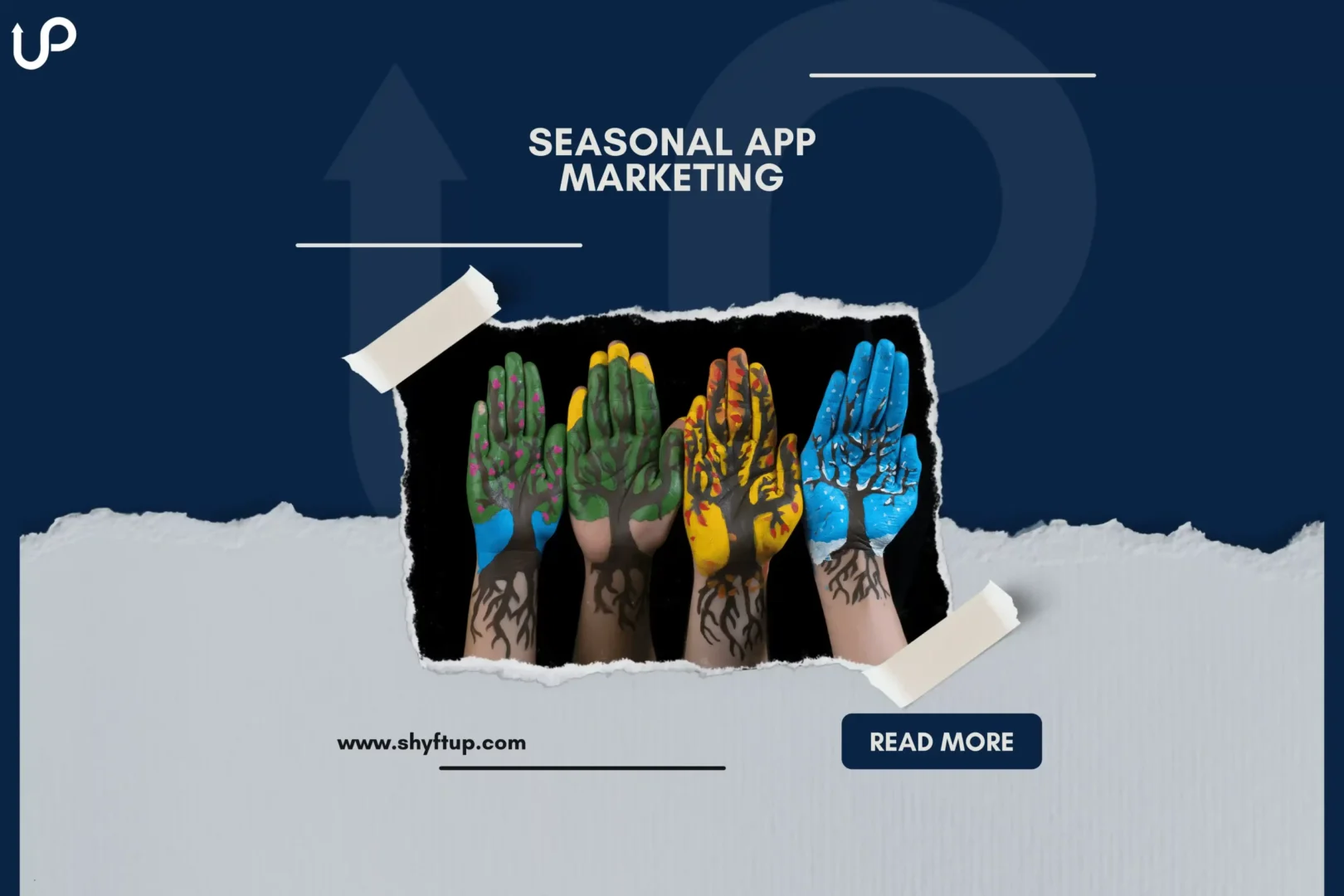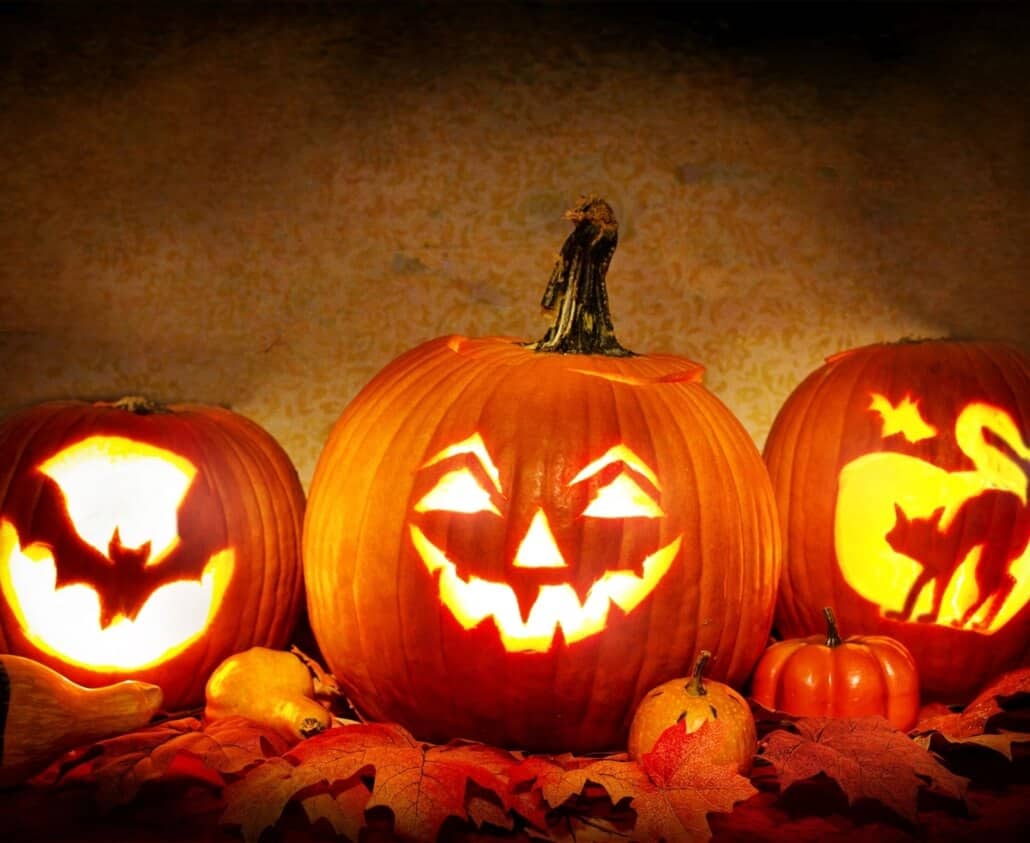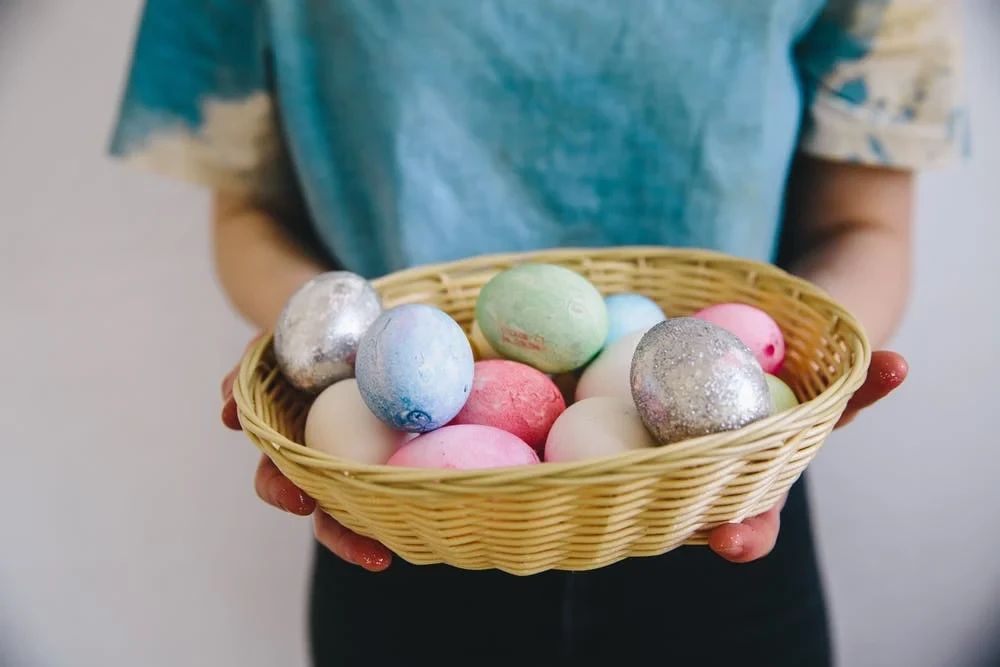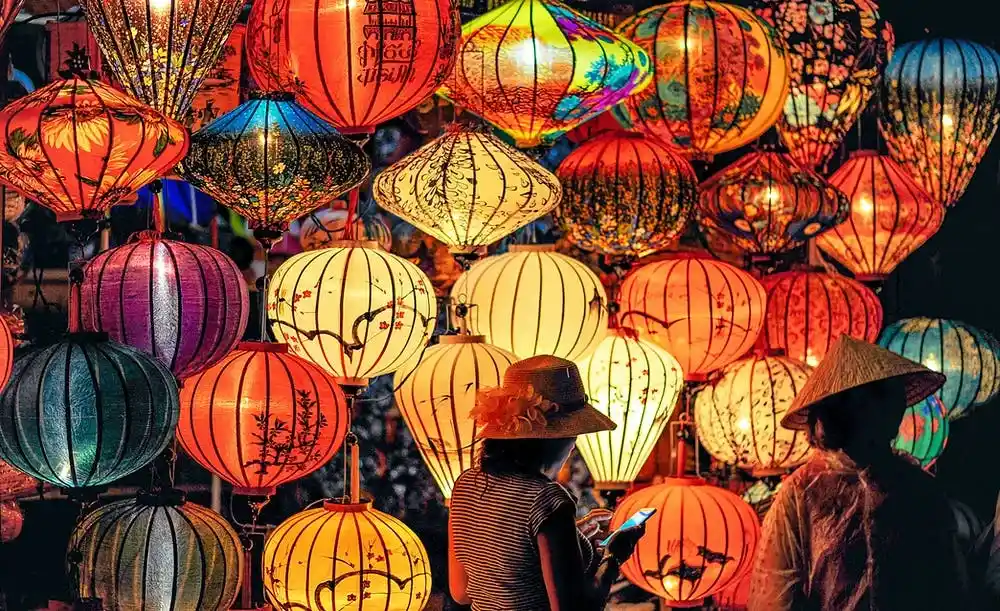
The Impact of Seasonality on Your Campaigns and Your ASO Strategy
One of the first things a professional marketer learns is that the customer experience (CX) cannot ignore emotions. As a result, seasonal marketing for the app store is front and center of its message to developers – for good reason. People have an undeniable need to express love, attract affection, show gratitude, be admired, relieve stress, celebrate, laugh, smile, and enjoy an adrenaline rush. These are a few of many powerful motivators driving the typical customer journey – why we shop online and in malls, play virtual games, participate in sports, party with friends, and access specialized services.
At the root of it all is segmenting your market behaviorally and psychographically. And these overviews cannot ignore how the following short but iconic events in Americans’ lives (to name a few) affect the consumer experience:
- Special days:
- Valentine’s
- New Year’s
- St. Patrick’s
- Independence
- Labor
- Easter Monday
- Black Friday
- Cyber Monday
- Christmas.
- Halloween.
- Weather changes.
- Back to school.
- Summer vacations.
- Spring break.
- Sports leagues’ starts and stops.
Indeed, some retailers depend on peak seasonal breaks, content to lose money for the rest of the year. So, if you put your head in the sand, believing that every day is the same as the day, week, or year before, you’re missing out on massive opportunities. So, ignore seasonality at your brand’s peril.
So, as an app developer, what seasons should I focus on?
One way or another, seasonality applies to your app, a product accessible to possibly thousands or millions of consumers. The following are some of the questions that invariably arise as you go about your business:
- What defines a season?
- What special deals will make my brand a seasonal event?
- What’s the promotional sustainability of these deals?
- If I am seasonal:
- Does my messaging capture the occasion’s spirit?
- Do users naturally connect my product to seasonal occurrences?
- Conversely, do I have to do something extraordinary to meet seasonal preferences?
- How can I match the right media to impact seasonal appeal?
- Which distribution channels work best in which season?
- Should I change my keywords and meta descriptions to align with the season?
In a nutshell, it’s challenging nailing down what happens to conversion rates over holidays and other seasonal events. Why? Because Apple and Google Play do not freely reveal their numbers. Most of their comparisons focus on year-to-year changes, which means a genuine understanding of seasonal volatility relies on digging deeper. Exploring all the app store creatives and messaging angles is crucial to capture higher conversion rates for the season in question. So, we drilled pretty far down and came up with the following:
TechCrunch informs us consumers’ App Store download spend was:
- $1.8 billion over one week from Christmas to New Year 2020.
- And $540 million on New Year’s Day.
According to a Sensor Tower report, App Store downloads for the entire year in 2020 were $72.3 billion. Based on these observations, let’s do the math:
- An average week of downloads = $72.3 billion/52 = $1.39 billion.
- An average day of downloading = $1.39 billion/7 = $190 million.
Therefore, the weekly downloads over the holidays (versus the average) were up by 29% (i.e., $1.8 billion/$1.39 billion). Likewise, New Year’s Day was 2.8x higher (i.e., $540m/$190m) than an average day.
Different seasonal events.
The trend takeaway is that seasonal volatility is no laughing matter. Indeed, the term “seasonality” is so broad that segmenting it into categories gives us a more realistic perspective:
A. App marketing tips for holiday season
In the US, holidays revolve around festivity at the end of December, merging into January the following year. We also celebrate Easter, Labor Day, Independence Day, and many others (see the list above). On the other hand, most of the population living in China, Israel, Japan, Taiwan (Republic of China), Thailand, Tunisia, Turkey, the United Arab Emirates (and dozens more) don’t give a passing thought to these events. Moreover, if we analyze country by country, there are holidays unique to each not widely enjoyed in the US. For example, there’s China’s Lantern Festivals.
As an international marketer, your app’s seasonal offers must embrace:
- Geographic location – appreciating the diversity of cultures driving global population lifestyles.
- Religious affiliation – Where app marketing in the holiday season requires a dedicated focus on the spiritual beliefs of demographically defined audiences. An appreciation of events like Hanukkah and Ramadan can lead app marketers to scores of unique holiday situations.
B. Sports Seasonality
The National Football League (NFL) and the NBA (basketball) create tremendous excitement around championship deciders. In comparison, cricket has a following of over a billion fans from India, Pakistan, South Africa, Sri Lanka, Australia, the UK, and New Zealand. In addition, there’s an even more fanatical soccer fan base in scores of countries across every continent. Notably, the FA Cup, World Cup, and the European Championship bring things to a standstill as fans attend stadiums and glue themselves to the TV.
C. App-made seasons
Many companies in the app arena convincingly make their own seasons by announcing changes. For example, Netflix, HBO, Hulu (i.e., popular movie streamers) make a big ado of feature releases. Indeed, Hollywood production houses and their distributors can claim the creation of the Halloween Scarefest that attracts droves of viewers drawn to horror spectacles.
Others involved in gaming or podcasts create anticipation for the next big challenge or climatic mystery. Ardent followers frequently halt their regular routines to jump on the new release.
App Store Optimization through seasonal effectiveness should be a focus for all developers.
The question that frequently crosses developers’ planning protocols is, “Which apps benefit from seasonal marketing campaigns?” The short answer is practically every app, depending on your approach (as we can see above).
ASO software helps you to unearth seasonal specifics related to your app. Nonetheless, no matter what, it’s excellent standard practice to:
- Update metadata consistently, matching them to the upcoming “season” however you define it.
- Insert seasonally relevant terms, thus improving your ranking odds if users search using the same.
- Jump-start yourself ahead of competitors who fail to update as vigilantly.
- Inject seasonality into your title or subtitle, invariably leading to your brand appearing when users query anything to do with the event (as they often do).
- Give your brand, rank, and conversions a substantial boost by coinciding deals with season-centric text content, screenshots, videos, and icons (i.e., your creatives).
A vivid example of this strategy at play was the one adopted by the Ericdress Fashion Clothes Shop app that altered its subtitle to “Black Friday & Cyber Monday Sale.”
A. App creatives are vital conversion drivers.

Seasonal imagery enters the equation with images such as pumpkins (Halloween), snowflakes (winter), beach frolicking (spring break) – you get the idea. The app experts have labeled the skills and talents behind creative selection as “Iconography,” citing it as a crucial ingredient of marketing success.
B. Can seasonal creatives hurt your conversions?
When you transmit seasonally-centric creatives, but the product features don’t support the promotion, it creates audience disappointment and a high bounce rate. In other words, building seasonal hype without meaningful backup or follow-through can blemish your brand image that may last long after the event has passed. Indeed, enticing creatives accelerate audience anticipation, excitement, and emotional engagement. Unfortunately, if the reality underperforms the promise, the damage may overwhelm all your efforts to stand out from the crowd. For example, imagery around Christmas without an eye-popping holiday-free extra will resonate as a gimmick, not a must-have benefit.
Another cardinal error that can considerably disrupt downloads is forgetting that the season is over. Amongst the numerous negative interpretations audiences may attach to such neglect are:
- Your brand is living in the past, therefore yesterday’s news.
- There’s nothing new to offer.
- A seasonal brand out of season.
- Lazy or incompetent marketers.
Arguably the most impressive seasonal benefit for developers is…
Without a doubt, customer re-engagement. Developers leverage the seasons as the chance to rejuvenate established user interest in their apps by offering fresh introductions. The latter promises the audience that it can connect to the season’s spirit through the app features. In many cases, it boils down to creating awareness of benefits not easily noticeable that have a seasonal flavor. In others. It involves a technological effort to add compelling, innovative features. Consider this:
- North American reinstalls as a percentage of total downloads are close to 30%, broken down as follows:
- Canada – 33.5%
- Mexico – 40%
- US – 27%
- Europe reflects similar trends, with Holland, as an example, showing reinstalls as 45% of all the downloads.
The hot re-engagement trend should come as no surprise. Existing users quickly notice icon changes visually displaying season imagery popping up. Thus, a connection forms with an audience already in the customer base, even if totally or half-dormant. It re-sparks interest to discover if the app has something innovative to offer as part of the user’s seasonal customer experience.
Also, it’s worth noting that returning installers can see “what’s new” directly under the header, thus creating more “attention power.” In contrast, new prospects searching for the same only get a glimpse on App Store or Google Play pages below the fold or as an expanded description, respectively – both relatively less noticeable.
I get it. But how do I attract new users?
Of course, it’s critical to invite prospects to join your app family. Here are numerous tips and guidelines that should help you immensely:
- Feature new app seasonal storylines, characters, events, or features on your product page.
- Simultaneously, align your asset gallery closely with the product page message. Anyone coming to the latter will likely transition to your gallery, so consistency is a steadfast consideration.
- Seasonal events – by their nature – have severe time limits in most cases, sometimes as little as a day. So, create urgency by telling viewers it’s over after a specific timeline (even if you think it’s obvious).
- The more you emphasize the season in every aspect of your offer, from visuals to integral app features, the better.
A user enters a seasonal presentation expecting a unique CX with a short gratification period. Don’t disappoint with a half-baked proposition; take it as far as your resources and ingenuity will stretch.
Conclusion
Seasonality in app marketing is a crucial consideration to optimize downloads and ranking. We’ve outlined various guidelines to allow you to go to the crux of the matter with as little hassle as possible. Alternatively, talk to ShyftUp – a leading global User Acquisition Agency – to help you decide on the best seasonality strategy for your app portfolio. ShyftUp focuses on two primary services:
- App Store Optimization (ASO) – unleashing the power of organic user growth by creating boosted visibility on the app stores
- Paid User Acquisition – to help you grow your user base by converting your paid marketing budget into real users, thus revenue. Shyfttup specializes in Apple Search Ads and Google UAC channels.
How will my App’s ASO benefit from a strategy with creatives that are connected to seasonality?
These are crucial to the goal of connection to the season. When you transmit seasonally-centric creatives, but the product features don’t support the promotion, it creates audience disappointment and a high bounce rate.
Does seasonality for an App mean changes related to the weather, or is there more to it?
Seasonality is not only weather. There’s much more to it. It relates to special days and blockbuster announcements. Examples are: Christmas, Thanksgiving, Halloween scare-fest, Super Bowl week - anything that captures the audience’s imagination. It can even coincide with a product launch (like iPhone 13) if relevant to your app.
Are the seasonality differences when looking at diverse cultures and market locations worth considering?
In the US, holidays revolve around festivity at the end of December, merging into January the following year. We also celebrate Easter, Labor Day, Independence Day, and many others. On the other hand, most of the population living in China, Israel, Japan, Taiwan (Republic of China), Thailand, Tunisia, Turkey, the United Arab Emirates (and dozens more) don't give a passing thought to these events. Moreover, if we analyze country by country, there are holidays unique to each not widely enjoyed in the US. For example, there’s China’s Lantern Festivals.
So, as an app developer, what seasons should I focus on?
A. App marketing tips for holiday season
App Store Optimization through seasonal effectiveness should be a focus for all developers.
A. App creatives are vital conversion drivers.
B. Can seasonal creatives hurt your conversions?
Arguably the most impressive seasonal benefit for developers is…



